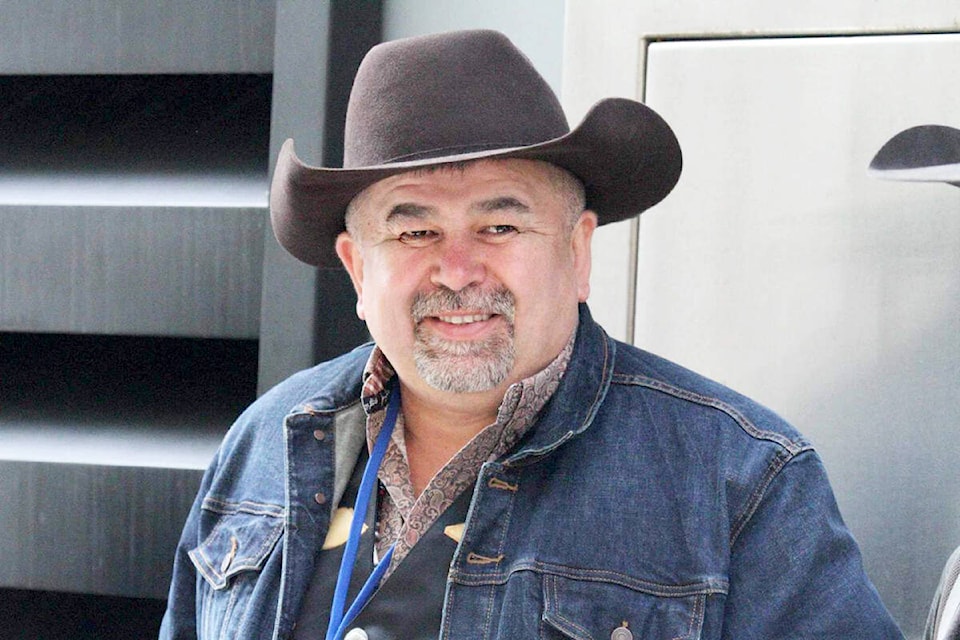The Tŝilhqot’in National Government (TNG) is voicing disappointment that Williams Lake First Nation (WLFN) has objected to including Tsilhqot’in and Dakelh languages on a proposed welcome sign for a provincial government building in Williams Lake.
WLFN only wants the Secwepemc language featured on the sign as Williams Lake is in WLFN traditional territory.
“This signage is welcoming and non-intrusive,” said TNG tribal chair Nits’ilʔin (Chief) Joe Alphonse. ”It’s about trying to create a safe environment. It’s not seeking ownership. It is not having an impact on the ground that may damage historical artifacts or anything. It’s a sign on a wall.”
Alphonse said government has to work with all people and a welcome sign in the Tsilhqot’in language would be a ‘good gesture.’
“It is something to show respect to all Indigenous people. When they are going to do business with Sécwepemc people then there is a Sécwepemc sign there. But them as a government, regardless of where they are situated, still has to do business with Tsilhqot’in people.”
Williams Lake is a central city for many First Nations in the Cariboo-Chilcotin, said TNG vice-chair Nits’ilʔin (Chief) Otis Guichon.
“Many of our members live in town, and other members drive over four hours from our community to access government services – like getting a driver’s license,” Guichon noted in a new release, adding as leaders it is important to make members feel at home in places where they have very little choice in accessing.
“I am very disappointed by this decision by WLFN. All of us First Nations need to work together,” Guichon noted.
Alphonse said because of the sign issue the TNG will no longer be in partnership with WLFN on a project meant to bring cultural sensitivity training to the Cariboo region.
“We call on the local government and WLFN to do the right thing and allow for representation of both Tsilhqot’in and Dakelh languages on this entry signage,” Alphonse said.
Late Friday WLFN Chief Willie Sellars issued a response in regards to the TNG’s concerns.
“The Williams Lake First Nation acknowledges that the city of Williams Lake is home to many of our Indigenous relatives, including Tsilhqot’in, Southern Dakelh, Secwepemc, Okanagan, Cree, and beyond. The purpose of the proposed signage is not for wayfinding, instead intended to meaningfully reflect the only First Nation government whose unceded territory these lands resemble, the Williams Lake First Nation of the greater Secwepemc Nation. In February 2018, the Supreme Court of Canada ruled in favor of the Williams Lake First Nation by confirming our Secwepemc ancestors were displaced by European settlers. Our door is always open to meeting with the Tsilhqot’in National Government’s leadership and we look forward to hosting a discussion on this matter and the greater issue of boundaries in our region,” the statement reads.
This article has been updated from the original to include Chief Willie Sellars’ response.
READ MORE: Williams Lake pedestrian bridge officially given Secwepemc name Nekw7usem
READ MORE: New highway signs mark rights and title negotiations milestone
news@wltribune.com
Like us on Facebook and follow us on Twitter
